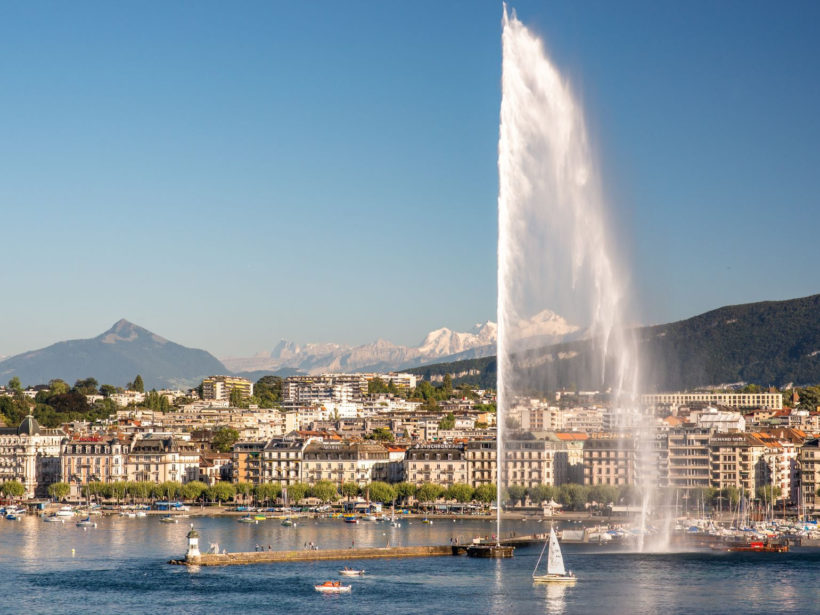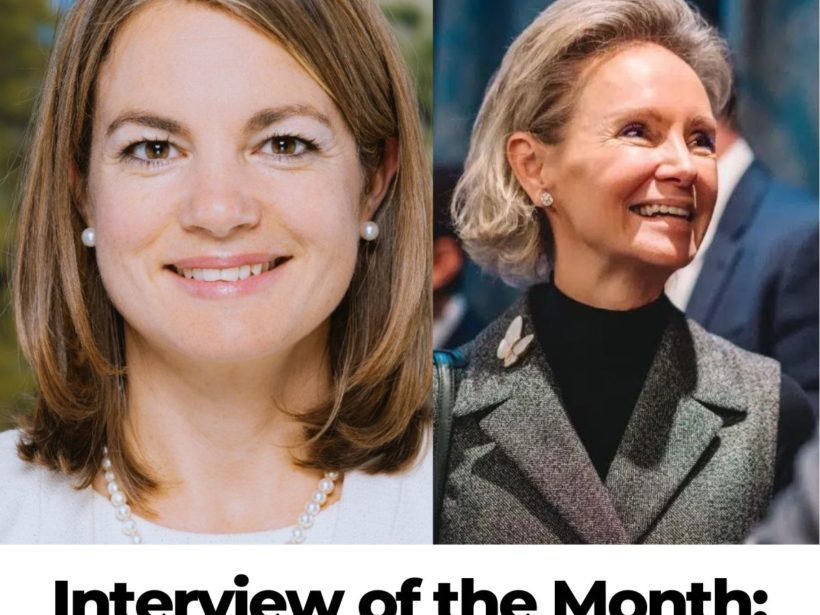
Interview of the month – David Albertani from Catalytic Finance
This month, we had the pleasure of speaking with David Albertani from the Catalytic Finance Foundation. Founded in 2011 by Arnold Schwarzenegger in collaboration with UNDP, the foundation focuses on developing and financing sustainable infrastructure projects, particularly in emerging markets. David delves into their mission, the importance of sustainable infrastructure, and the innovative role of catalytic and blended finance in achieving impactful environmental and social outcomes.
To kick off, can you provide our readership with an overview of the Catalytic Finance Foundation and your mission?
Catalytic Finance Foundation (formerly known as R20- regions of Climate Action) was founded in Geneva in 2011. It was initially created by Arnold Schwarzenegger, in close collaboration with UNDP, after his tenure as the Governor of the State of California to create a technical and financial ecosystem, acting in facilitating the identification, development, and financing of subnational sustainable infrastructure projects.
Initially, we started with project finance and managed to close a few transactions in energy and waste management. Reaching financial close always took longer than expected and we felt, that to have more impact, we needed to scale up and work deeper on the ecosystem. To do so we focused on creating new investment products dedicated to this type of infrastructure blending public and philanthropic capital with private capital. We also deployed Technical Assistance to support project sponsors in the development phase.
Today, we have become specialized in managing Technical Assistance Facilities to develop strong infrastructure project pipelines and accelerate the design and deployment of finance vehicles for sustainable infrastructure. We have a strong focus on developing and emerging economies.
Why do you focus specifically on sustainable infrastructure?
In a world grappling with climate change and environmental degradation, the need for sustainable infrastructure has become more critical than ever. Our definition of sustainable infrastructure encompasses various sectors such as energy, water, waste management, agriculture, and transportation. It involves integrating economic, social, and environmental considerations into the planning, design, construction, and operation phases of infrastructure projects.
Sustainable infrastructure projects not only address pressing environmental challenges but also have the potential to create positive social and economic impacts. By prioritizing inclusivity and community engagement, these projects can improve access to essential services, create employment opportunities, and enhance the quality of life for vulnerable populations. Also, sustainable infrastructure can foster local innovation and entrepreneurship, driving economic growth and resilience in the face of global uncertainties.
Can you elaborate on what blended finance is and how it can be used to develop sustainable infrastructure?
We define catalytic finance as a type of financing that seeks priority to create positive social and environmental impacts in addition to generating financial returns.
In that sense, the term “catalytic” refers to the ability of the initial financing to attract additional investments, leading to a multiplier effect that creates even greater positive impacts. It is understood that without catalytic financing, a project may not be funded at all or in a different and less impactful way. At its core, catalytic finance is a response to the environmental and societal challenges facing society today.
Public fundings have always been used to subsidize and incentivize transformative infrastructure projects. However, traditionally this was done at the project level to reduce the specific risk of specific projects. In order to scale up, the blended models include public and philanthropic funds in the capital structures to de-risk whole portfolios and make sustainable infrastructure more attractive to private investors at scale.
We understand that the Catalytic Finance Foundation has always pursued sub-national climate solutions. What is meant by sub-national and why do you believe solutions at this level are important?
Subnational is part of the UN Jargon and is meant as levels of administration within a country that are below the level of the central or national government, such as regions or cities. We initially focused on regions as Governor Schwarzenegger was responsible for signing into law groundbreaking legislation that translated the Kyoto Protocol into Californian law. This and other initiatives are what led President Obama to ask Governor Schwarzenegger to obtain similar commitments from thirty other US States. His success in implementing action at the subnational level, and his ability to demonstrate the potential to scale this impact by replication at this level is ultimately what gave us our focus.
Besides, according to UNDP, 70% of solutions to climate change need implementation at the subnational level but conventional climate finance has failed to catalyze the potential of mid-scale climate investments. The same study claims demonstrate that at least 105 of the 169 targets underlying the 17 SDGs will not be reached without subnational governments.
Today, we are running two projects that are targeting specifically subnational climate solutions:
- The Subnational Climate Fund (SCF); a global blended finance initiative that aims to invest in and scale mid-sized (5 – 75 M $USD) subnational infrastructure projects in the fields of sustainable energy, waste and sanitation, regenerative agriculture and nature-based solutions in developing countries.
- Catalytic Cities, a program financed by Bloomberg Philanthropies, whose goal is to incubate new funds to facilitate the uptake of urban climate solutions, aligning with the goal of 1.5°C maximum global warming. At the moment, we are working on three blended finance solutions; port decarbonization, municipal solid waste management, and e-buses in Latin America.
What is one thing you would like to see from the broader financial community when it comes to engaging with blended finance solutions?
Thousands of high-merit subnational projects are bypassed by commercial financing because investors tend to prefer (perceived) safer investments. We believe catalytic finance will unlock capital from both public investors (MDBs, DFIs, Sovereign Funds …) and even more importantly, private investors (pension funds, insurance funds, family offices, private banks, philanthropies, high-net-worth individuals, and other institutional investors).
Convergence just reported that blended finance deals have reached a five-year high (following a 10-year low in 2022), with multilateral development banks (MBD) and development finance institutions (DFIs) leading the charge. A growing number of private investors have sustainable policies and targets and are more and more investing in those types of products delivering high impact. Unfortunately, “traditional money flows” only focus on risk-return ratios and are not yet actively looking at those products and we believe they are good investment opportunities on top of delivering a positive impact.
We would like to see more private investors crowd in those new deals so that they would become a regular asset class.
We are inviting the broader financial community to learn about those models and are available to have open discussions to understand the barriers that remain today to create more impact.




